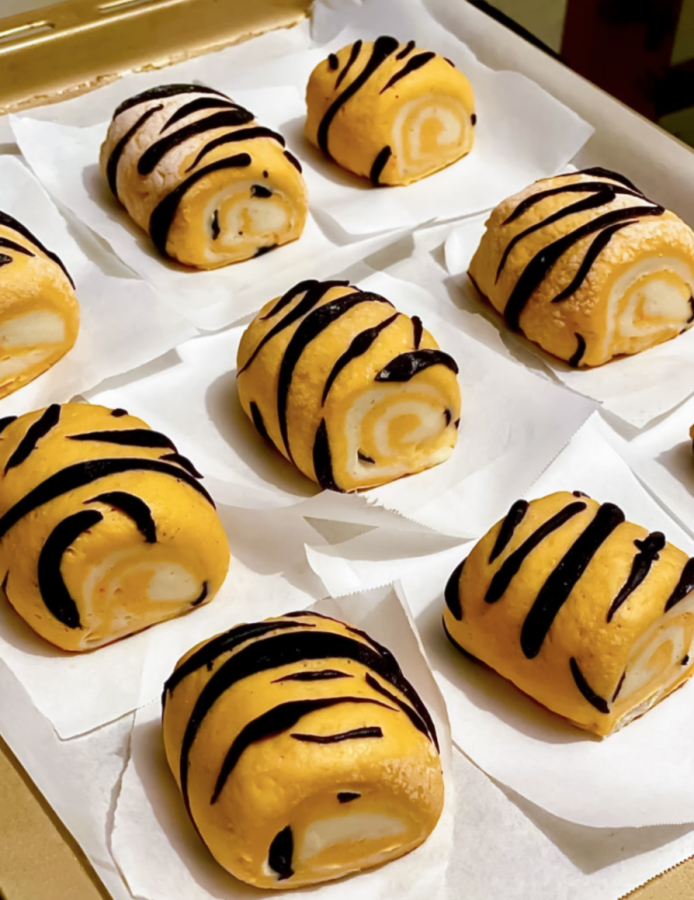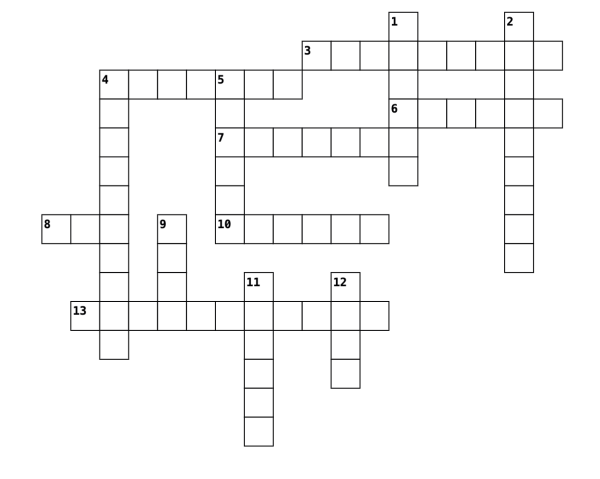Photo Series: Chinese New Year 2022

On February 1st, 2022, Chinese people celebrated the Chinese New Year, which plays an important role in people’s lives and is a time for family reunions.
The Chinese New Year, also known as Spring Festival, has evolved over a long period, starting from the Shang Dynasty. At the time, people considered the Chinese New Year as a time to hold sacrificial ceremonies in honor of gods and ancestors. “This holiday has ancient roots in China as an agricultural society. It was the occasion to celebrate the harvest and worship the gods and ask for good harvests in times to come,” Yong Chen explains, a scholar in Asian American Studies.
In the following dynasty, the Chinese New Year had a more profound influence. It became a custom for people to worship gods, ancestors, and nature. Later, in the Han Dynasty, the date of this festival got fixed as the first day of the first month in the Chinese lunar calendar, and a new calendar was created.
There are twelve Zodiac animals representing each New Year: the Rat, Ox, Tiger, Rabbit, Dragon, Snake, Horse, Goat, Monkey, Rooster, Dog, and Pig. 2022 is the Year of Tiger. Chinese people believe that the Chinese zodiac sign, which is determined by people’s birth year, can indicate someone’s personality and horoscope.
Like other holidays, Chinese New Year also has many decorations that signify the hope of a new year. The Chinese lantern is one of them, and the most popular type is the palace lantern with a dragon and phoenix on it, signifying royal status in ancient China. Each color of the lantern carries various meanings and is used for different occasions. The one for the Chinese New Year is the color of red, a symbol of wealth and prosperity. Another typical decoration is the New Year couplets, having three parts, the upper scroll, the lower scroll, and the horizontal scroll. It is always written in black or gold ink on red paper, having an equal number of characters and related expressions on both the upper and lower scroll. The meaning of New Year couplets always shows people’s expectations and hope in the following year.
Most decorations in Chinese New Year are red, relating to a legend in ancient China, “Monster Nian.”On every New Year’s Eve, the “Nian”, having sharp teeth and horns, would crawl out of a deep river. He stole livestock, damaged the town, and attacked villagers, which forced people to stay at home on that day. Once a newcomer visited the town, he pasted red paper on windows, used light candles, and burned bamboos to frighten the monster away. Later, villagers realized that “Nian” is afraid of red and fire. They started to hang up red couplets, set off fireworks, and were able to stay up to welcome the first day of the new year.
For New Year’s Eve meals, people always cook fish for “good luck” since the pronunciation of “fish” is similar to the word “abundance” in Mandarin. The shape of dumplings is like the ancient Chinese currency, wrapping everything inside. Therefore, eating dumplings during Chinese New Year is a symbol of joy, reunion, good luck, and prosperity. In northern China, people make steamed buns, “Mantou” in Mandarin, with various appearances, always relating which zodiac year it is. In southern China, people make rice cakes, “Nian Gao” in Mandarin, to hope for a better standard of living in the upcoming year.
“I make dumplings and New Year couplets during Chinese New Year. Whether I’m in China or not, I always do my best to prepare something for this festival and celebrate it, bringing my wish to the new year,” Yan Huang, Upper School Mandarin Teacher, said.
People usually have entertaining activities after the New Year’s Eve dinner, and Mahjong is the top choice. Tiles of Mahjong were made of bone, bamboo, or other raw materials. With the rising popularity of Mahjong, plastic, a substance that is not easy to discolor, replaced raw materials. This game can be played in groups of 4 and involves many strategies and mathematic skills. By playing Mahjong, different generations gather around the table on New Year’s Eve, representing peace and friendship.






